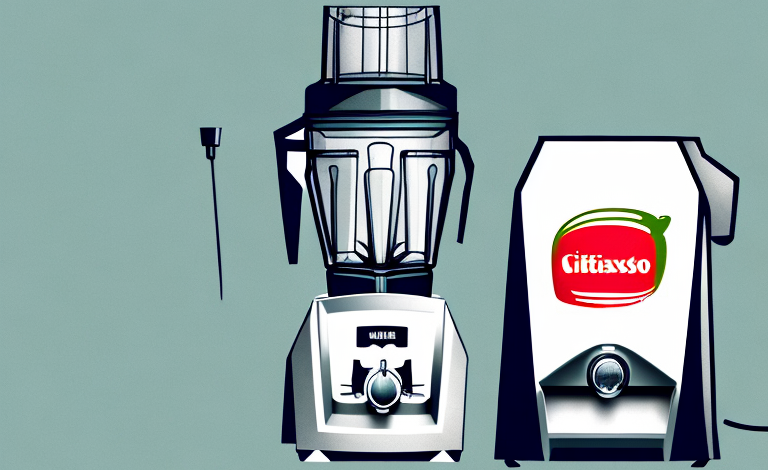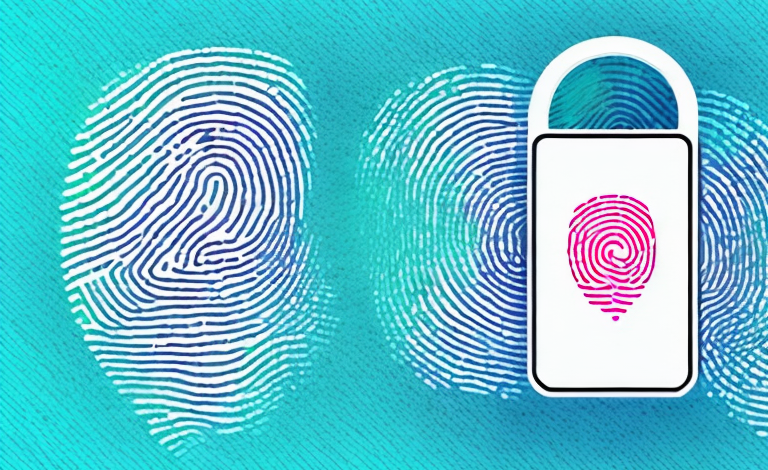Many people enjoy a cup or two of coffee every day, and for some, a coffee machine is an essential appliance in their home or office. But with the rising cost of electricity and the cost of purchasing a coffee machine, one may wonder if investing in a coffee machine makes financial sense. In this article, we will explore the different costs associated with running a coffee machine to answer the question: Are coffee machines expensive to run?the
The cost of purchasing a coffee machine
There are various kinds of coffee machines available in the market today, ranging from simple drip coffee makers to more complex espresso machines. The cost of purchasing a coffee machine varies greatly depending on the brand, features, and type of coffee machine. A basic drip coffee machine can cost anywhere between $15 to $50, while a high-end espresso machine can cost over $5,000. It is important to consider your coffee needs and whether the features of a more expensive machine are necessary before making a purchasing decision.
Aside from the initial cost of purchasing a coffee machine, it is also important to consider the ongoing expenses associated with owning one. For example, espresso machines require regular maintenance and cleaning, and the cost of purchasing high-quality coffee beans can add up over time. Additionally, some coffee machines may require specific accessories or parts that can be expensive to replace. It is important to factor in these ongoing expenses when deciding on a coffee machine that fits your budget and needs.
Energy consumption: How much electricity does a coffee machine use?
Coffee machines require electricity to function, and the energy consumption varies depending on the type and model of the coffee machine. On average, a drip coffee machine uses around 600 to 1200 watts of power, while an espresso machine uses around 800 to 1500 watts. The energy consumption also depends on how long the coffee machine is left on and how often it is used.
It is important to note that some coffee machines have energy-saving features, such as automatic shut-off after a certain period of inactivity. These features can significantly reduce the energy consumption of the coffee machine. Additionally, using a reusable coffee filter instead of disposable paper filters can also reduce the environmental impact of the coffee machine.
When considering the energy consumption of a coffee machine, it is also important to think about the source of the electricity. If the electricity comes from renewable sources such as solar or wind power, the environmental impact of using the coffee machine is reduced. However, if the electricity comes from non-renewable sources such as coal or natural gas, the environmental impact is greater.
Calculating the cost of running a coffee machine
The cost of running a coffee machine is determined by a combination of factors, such as the cost of electricity, how often the machine is used, and the type of coffee machine. To calculate the cost of running a coffee machine, you need to first determine the wattage of the machine and multiply it by the number of hours it is on per day. Next, multiply the result by the cost of electricity per kilowatt-hour.
Another factor that can affect the cost of running a coffee machine is the type of coffee being used. Some types of coffee require more energy to brew than others, which can increase the overall cost of running the machine. Additionally, the cost of maintenance and repairs should also be taken into consideration when calculating the total cost of running a coffee machine.
It’s important to note that investing in a high-quality, energy-efficient coffee machine can help reduce the overall cost of running the machine. These machines are designed to use less energy while still producing high-quality coffee, which can save you money on your electricity bill in the long run.
Comparing the cost of running different types of coffee machines
Different types of coffee machines have varying costs of operation. For instance, a drip coffee machine is less expensive to run compared to an espresso machine because it requires less electricity. If you’re concerned about the cost of running your coffee machine, opt for a machine that doesn’t use too much electricity, such as a drip coffee maker.
Another factor to consider when comparing the cost of running different types of coffee machines is the cost of the coffee itself. Some machines require specific types of coffee pods or capsules, which can be more expensive than buying ground coffee or whole beans. Additionally, some machines may require more frequent cleaning or maintenance, which can add to the overall cost of operation. It’s important to consider all of these factors when choosing a coffee machine that fits your budget and lifestyle.
Tips for reducing the energy consumption of your coffee machine
There are several ways you can reduce the energy consumption of your coffee machine, thus lowering your electricity bills. One way is to unplug the coffee machine when it’s not in use. You should also descale your machine regularly since lime scale build-up can increase the energy consumption of the machine. Finally, investing in an energy-efficient coffee machine can help you save on electricity costs over the long run.
Another way to reduce the energy consumption of your coffee machine is to use the right amount of water. Using too much water can cause the machine to use more energy to heat up the excess water. Additionally, using a reusable coffee filter instead of disposable ones can also help reduce energy consumption since the machine doesn’t have to work as hard to push water through the filter. By implementing these tips, you can not only save money on your electricity bills but also reduce your carbon footprint.
How to choose an energy-efficient coffee machine
When shopping for a coffee machine, always consider the energy efficiency rating of the machine. Look for machines that are designed to reduce energy consumption, such as those with automatic shut-off and programmable features. These machines will help you save on electricity costs over the long run.
Another important factor to consider when choosing an energy-efficient coffee machine is the size of the machine. Larger machines tend to consume more energy than smaller ones, so if you’re looking to save on electricity costs, consider purchasing a smaller machine that can still meet your coffee-making needs. Additionally, look for machines that have been certified by energy-saving organizations, such as Energy Star, to ensure that you’re getting a machine that has been tested and proven to be energy-efficient.
The impact of regular maintenance on the cost of running a coffee machine
Regular maintenance of your coffee machine can help reduce the cost of running the machine. Regular cleaning and descaling help remove lime scale buildup, which can increase energy consumption. It is also essential to replace parts that are worn out to maintain the machine’s efficiency and prevent energy wastage.
In addition to reducing energy consumption, regular maintenance can also extend the lifespan of your coffee machine. By keeping the machine in good condition, you can avoid costly repairs or having to replace the machine altogether. This can save you a significant amount of money in the long run.
Another benefit of regular maintenance is that it can improve the quality of your coffee. Over time, coffee oils and residue can build up in the machine, affecting the taste and aroma of your coffee. By cleaning and maintaining the machine, you can ensure that your coffee always tastes fresh and delicious.
Factors that affect the cost of running a coffee machine, including size, features, and brand
The cost of running a coffee machine depends on several factors such as its size, features, and brand. For instance, larger machines require more electricity to operate, while machines with more features such as built-in grinders or milk frothers will lead to higher electricity consumption. Additionally, different brands of coffee machines have different energy consumption levels, so it’s essential to research your options before making a purchase.
Another factor that can affect the cost of running a coffee machine is the type of coffee beans used. Some coffee beans require more energy to grind and brew, which can increase the overall electricity consumption of the machine. It’s important to consider the type of coffee you plan to use and how it will impact the machine’s energy usage.
Furthermore, the frequency of use can also impact the cost of running a coffee machine. If the machine is used frequently throughout the day, it will consume more electricity than a machine that is only used occasionally. It’s important to consider the intended usage of the machine and choose a model that is energy-efficient for your needs.
Cost-saving measures for businesses that use multiple coffee machines
If you own a business that uses multiple coffee machines, you can take various measures to lower the cost of running them. One way is to invest in energy-efficient machines that use less electricity. Additionally, you should turn off the machines when not in use, and perform regular maintenance such as cleaning and replacing worn-out parts. By taking these measures, businesses can save substantially on electricity costs.
Another cost-saving measure is to purchase coffee beans in bulk, rather than individual packages. This can significantly reduce the cost per cup of coffee. Additionally, consider offering reusable cups or mugs to customers, which can reduce the amount of waste generated by disposable cups.
Finally, consider offering a variety of coffee options, such as drip coffee, espresso, and cold brew. This can attract a wider range of customers and increase sales. By implementing these cost-saving measures, businesses can not only save money but also improve their environmental impact and customer satisfaction.
Conclusion
Are coffee machines expensive to run? The answer depends on several factors, including the type of machine, the cost of electricity, and the frequency of use. By taking the steps outlined in this article, you can reduce the cost of running your coffee machine and enjoy a fresh cup of coffee whenever you need it.
It is important to note that some coffee machines are more energy-efficient than others. For example, a single-serve coffee maker that uses pods may be more expensive to run than a drip coffee maker that uses ground coffee. Additionally, some machines have features such as automatic shut-off or energy-saving modes that can help reduce electricity usage.
Another factor to consider is the cost of coffee itself. While brewing your own coffee at home is generally cheaper than buying it from a coffee shop, the cost of coffee beans or pods can vary widely. By shopping around and buying in bulk, you can save money on coffee and further reduce the overall cost of running your coffee machine.



